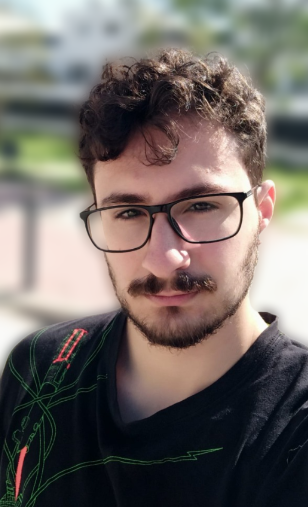Week 1 - Diving Deeper
Summary
This week, I wrapped up reading the master’s thesis that I mentioned in my previous post. I gained some invaluable insights that I’m certain will come in handy, including lessons learned, training processes, and tips that improved results. Below is a summary of the key points from the thesis:
Introduction
The thesis sets out to empower an autonomous car to navigate diverse circuits using neural networks for visual control. The vehicle utilizes a camera to collect data from its environment, which in turn aids its decision-making.
Neural Networks
This section explores the intricacies of injecting temporal information into a neural network via images. It’s not entirely clear how the network interprets this data internally, but the goal is to smooth out driving by employing end-to-end neural networks capable of managing temporal information.
Image Preprocessing
Various techniques were employed to enhance the quality of images and accentuate the relevant data for autonomous driving. The research made concerted efforts to highlight the crucial information for their objectives.
3D Modeling
3D modeling tools were harnessed to craft circuit models. Multiple racing circuits were developed for both the training and testing of the neural networks.
Data Sets
The thesis elaborates on the dataset creation process tailored for training the autonomous vehicle. A training set was curated to closely resemble the distribution in the complete data set.
Conclusions
The study successfully achieved its overarching aim of exploring diverse neural networks for classification and regression in visually-controlled driving. The vehicle was proficient in navigating various simulated environments using the Gazebo simulator. Additionally, a ROS application named “Piloto” was developed to facilitate the autonomous capabilities of the car.
Next Steps
During today’s meeting with my advisor, we laid out the tasks for the upcoming week:
- I’ve already reviewed the necessary software and confirmed its installation and functionality.
- My next goal is to recreate another thesis scenario (not too dissimilar from the one I read) to start generating my own dataset.
- If time permits, I will begin training some basic models. The idea isn’t to solve my thesis in a week, but rather to get comfortable with working on neural networks and set the stage for more complex tasks.
